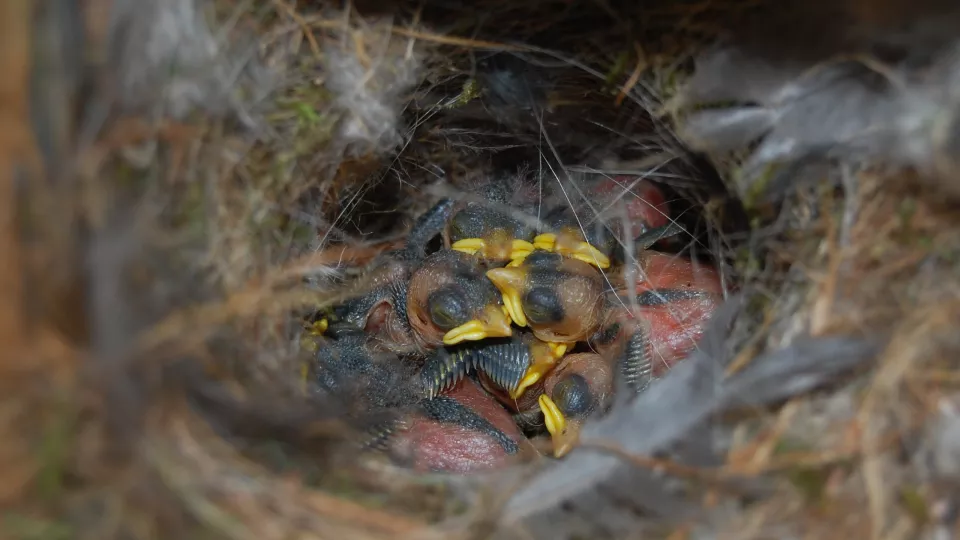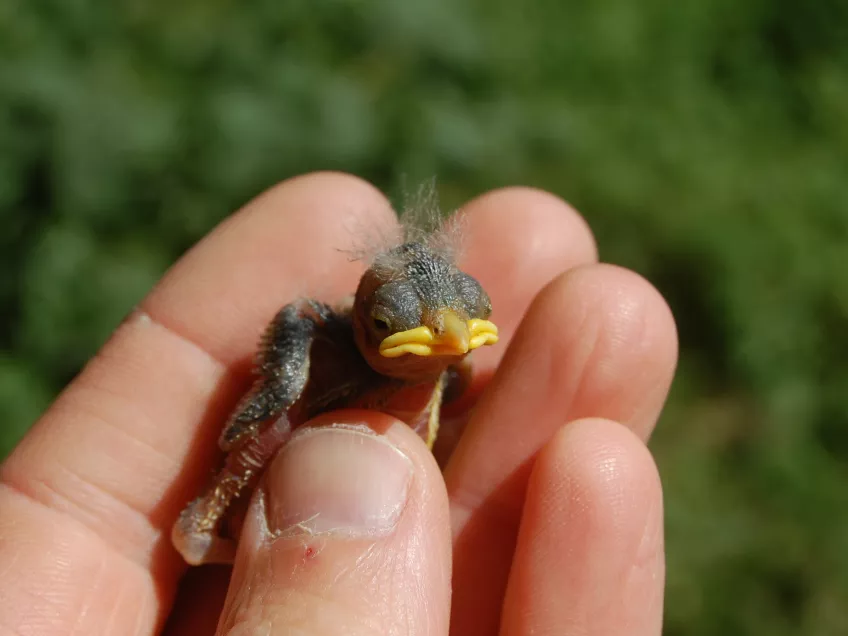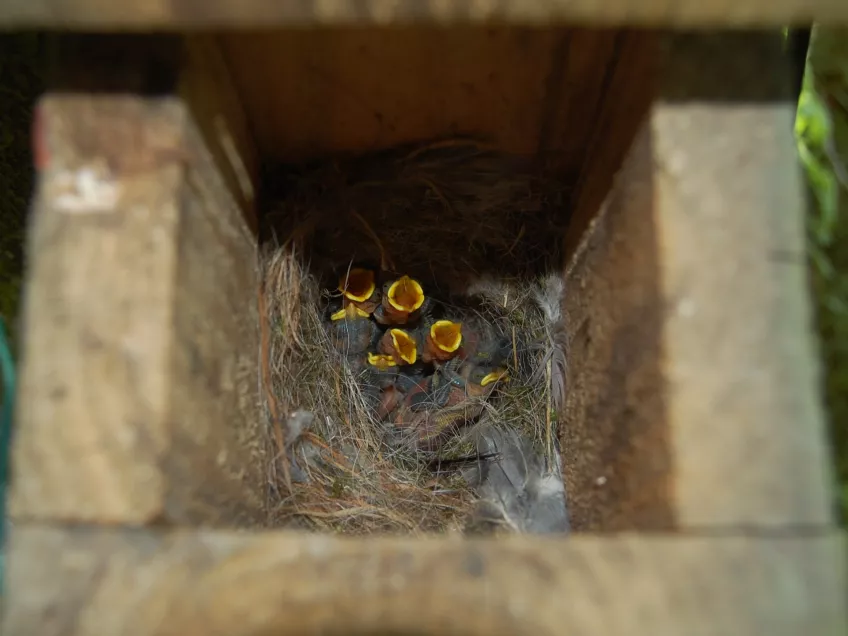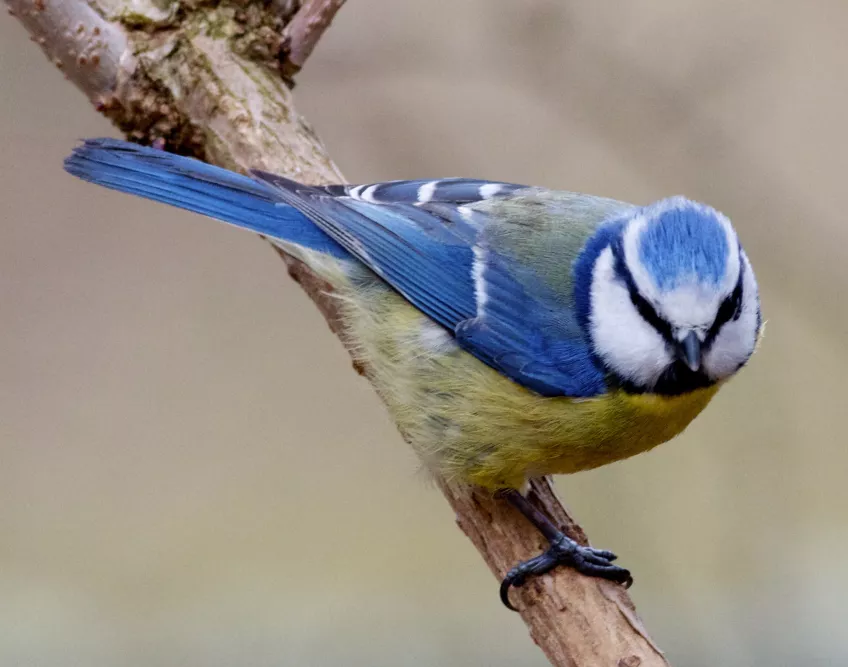The study examined how baby blue tits are affected by higher temperatures in the nest. The results show that growth suffers when they are forced to expend a large amount of their energy on maintaining a normal body temperature in a hot nest box.
“We have studied baby blue tits, but our results are likely to apply to other small hole-nesting birds in similar environments and climates”, explains Fredrik Andreasson, biologist at Lund University.
He has some practical advice for those putting up a nest box:
“Don’t place it in a south-facing position, as that is where it will be hottest. If possible, you should choose a place in the shade.”
The results are also relevant in the context of temperatures rising due to climate change. When birds, and probably other animals as well, must actively rid themselves of heat, there is less energy left for growth, finding food and other activities that require energy.
According to the researchers, it is the first time a study of this type has been conducted. They warmed up the nest environment inside the box for a week by placing regular hand warmers under the nesting material. During that time, they continuously measured the temperature in the nest box, the nestlings’ body temperature and their weight.
Fredrik Andreasson and his colleagues are surprised that a 10-day-old baby bird is so good at removing excess heat from its body.
“It’s remarkable and indicates that natural selection has favoured birds with this ability. Quite simply, it’s dangerous to get too hot.”
Contact:
Fredrik Andreasson, doctoral student
Department of Biology, Lund University
+46 70 978 11 76
fredrik [dot] andreasson [at] biol [dot] lu [dot] se (fredrik[dot]andreasson[at]biol[dot]lu[dot]se)



